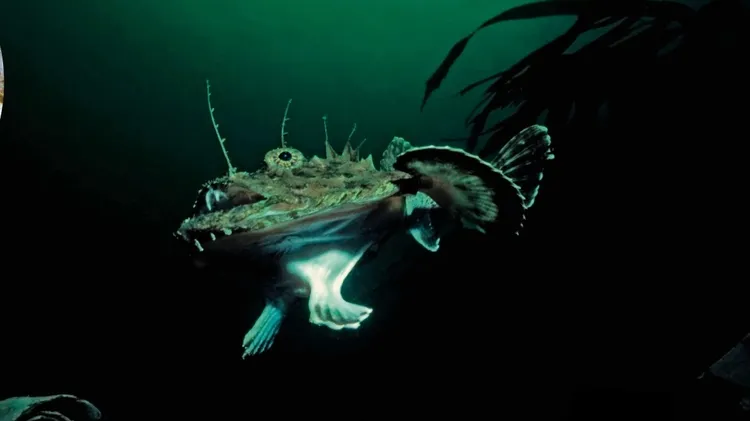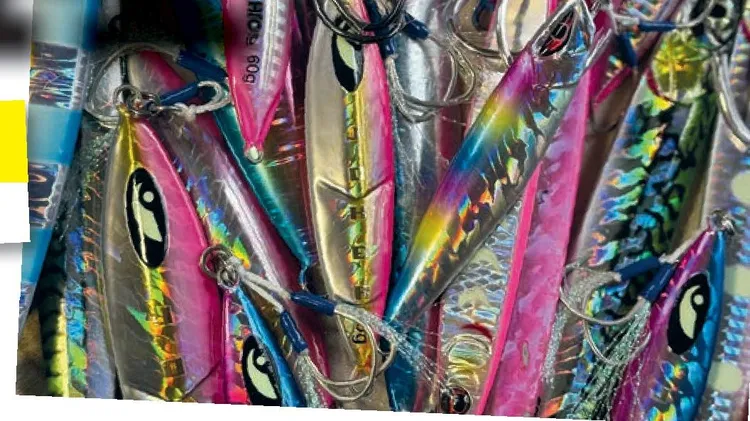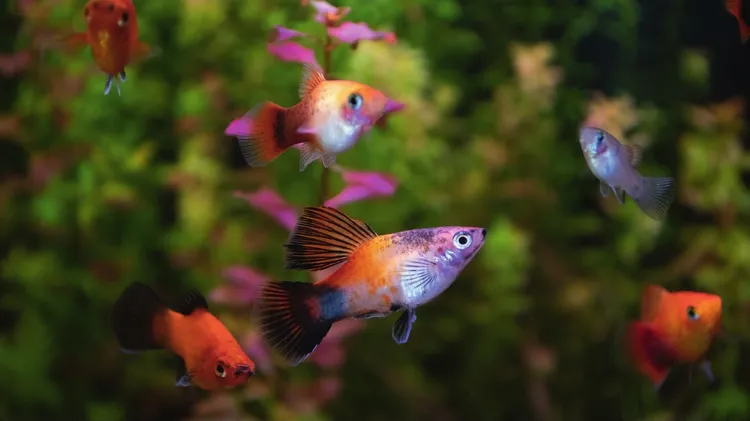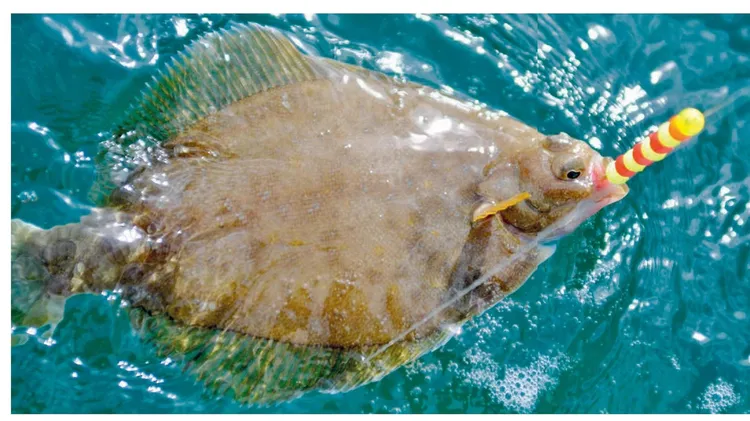Gabor Horvath recounts his love for three very different suckermouths. Could
Three of the best
11 min read
This article is from...
Read this article and 8000+ more magazines and newspapers on Readly






